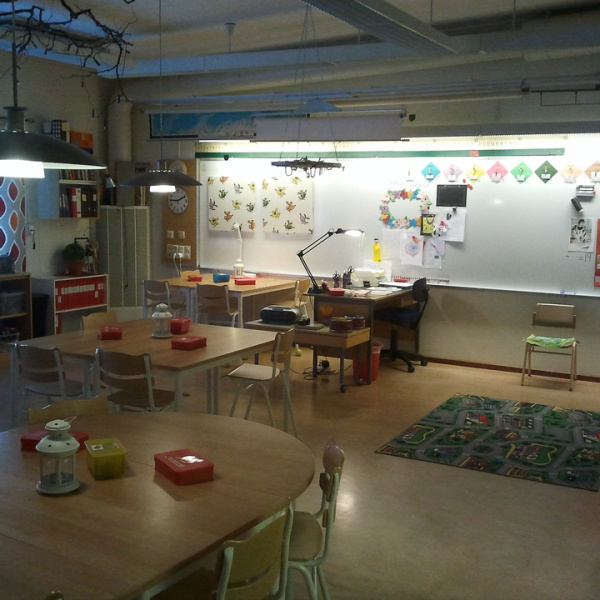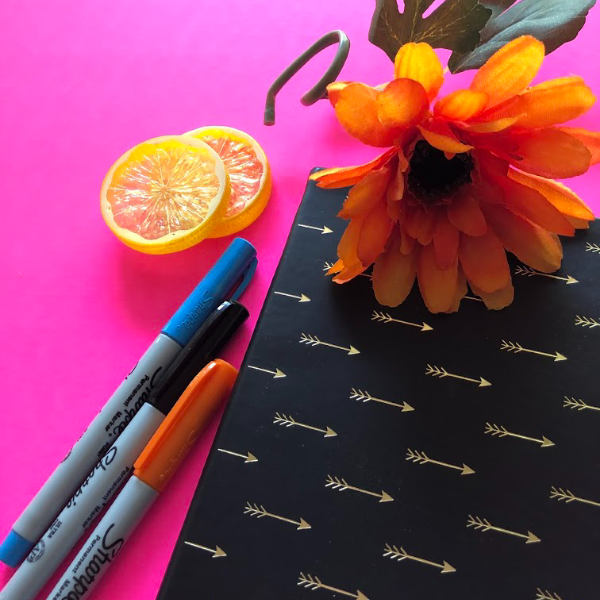17 Tips to Survive School Field Trips
Field trips are a blast! And field trips are also a lot of work! They can be exhausting, but they are always worth the effort!
To make your field trip planning a bit smoother, I am going to offer these 17 tips that I have accumulated after many years of teaching and many years as a principal. And also lots of experiences taking field trips with all age groups from K-6th grade.
If you are new to teaching, you may also want to read my article that I wrote that has tips for new teachers. You can read it here.
12 Reliable Survival Tips for First-Year Teachers
Here is the list of 17 field trip tips for your quick reference. Below that I will discuss each one – through the lens of an experienced teacher and a concerned administrator.
17 field trip tips for you
- Wear comfortable clothes and shoes!
- Assign each student a partner (someone they like).
- Number your partner groups and practice to be sure each pair knows their number.
- Keep all the students with you.
- Take along a mini-first aid kit.
- Keep all lunches in two boxes (with handles) on the front seats of the bus.
- Don’t allow eating or drinking on the bus.
- Don’t allow young students to bring money or cell phones.
- Make students go to the restroom with their partners.
- It’s a good idea to make the trip be about learning.
- Review all the rules the day before the trip.
- Only take a certain number of parent helpers.
- Ride the bus with your students.
- Take all
students’ contact information with you in a small notebook. - It is best to go with another class in your grade level.
- Don’t plan anything after work that day.
- Have fun!

**
Details on the 17 tips for field trips
Here you go…..
1. Wear Comfortable clothes and shoes.
I know this sounds like a no brainer, but I just feel I need to remind you. Don’t make this the day you wear your new hiking boots.
Don’t buy new tennis shoes for today unless you spend at least two days wearing them to break them in. I speak from experience because I did that once and ended up with blisters.
2. Assign each student a partner (someone they like).
There are numerous reasons for assigning partners. The first is that it makes the day nicer for many of them. Your bus seating is already worked out by doing this.
If they are very young they m
3. Number your partner groups and practice to be sure each pair knows their number.
This is my favorite tip. Make them stand together and hold hands with their partner that they then hold up in the air (yes, even sixth graders); probably not middle schoolers.
Then you only have to count to 12 or 15 for your quick scan to be sure you have everyone. Say “one” and the pair says “here” or some other cute word. Then, “two” and on until you have them all.
With young students begin practicing this two days before the field trip. After a few tries, they will get pretty good at it. You can think of a catchy phrase like “Buddy Up.”

4. Keep all the students with you!
I know right away that some of you will disagree with me on this one. But take a minute to read why I say this.
First and foremost, you are the one responsible for the students. You cannot give away this responsibility. If something happens to a child and they were not with you when it happened. Yikes. You don’t even want to think about that possibility.
I know that you take parent volunteers with you and you are tempted to assign four children to a parent and allow them to go off on their own.
DON’T DO IT!!!
It’s fine to assign each parent a couple of students to watch over, BUT keep the whole group with you! That way, you can deal with any issues that come up, any arguments between students, a skinned knee. Whatever the issue, you are there!
Here is a REAL incident that happened when I was an Assistant Principal.
There were some classes on a trip to the zoo. Since these were Kindergarten students, we had them wear a tag with the name of the school and the office phone number on it (that’s a good tip too).
I got a call from the zoo security office telling me that one of our students was in his office because he got separated from the group.
He said that a nice couple saw him and brought him to security. I asked him if he had contacted the teacher and he said no he didn’t know where in the park she was. I took down his phone number and said I would contact her and get right back to him.
Now here is the “TROUBLING” part of the story.
When I called the teacher’s cell
Then, I had to phone the district office to notify them that this had happened and I had to phone the parents to tell them about it also.
Do you now see how the ramifications of what you do can involve many other people? I didn’t want to have to explain to parents that their child had been lost for a few minutes (but is fine now).
So, keep those kiddos with you!
5. Take along a mini-first aid kit.
If your school does not have a mini-first aid kit for field trips already made for you, I suggest you make your own. You only need a few items like band-aids, gauze, tape, disinfectant wipes and ointment.
Hopefully you won’t need to use it, but when you do, you’ll be glad you have it handy.
6. Keep all lunches in two boxes (with handles) on the front seats of the bus until lunch time.
This is another lesson I learned from trying it a few different ways. One year I had each child carry their own lunch onto the bus. This ended up being a HUGE mistake!
I had some students sneakily trying to eat some of it on the way (before lunchtime). They ended up making a big mess on the bus.
Another time, I had the driver put the boxes under the bus. That was a mistake also because it gets very hot under there and some of the food was yucky afterwards.
So, the best place is inside the bus (where it’s cooler). But all together until time to pass them out for lunch.
7. Don’t allow eating or drinking on the bus.
You can get the idea from my explanation above why you don’t want any children eating or drinking on the bus. Usually, the drivers tells the students that before leaving the school parking lot. But you really need to enforce it.
More Tips for Field Trips
8. Don’t allow young students to bring money or cell phones.
I realize that if you teach middle school or high school this rule won’t apply. But I strongly suggest this for elementary age students. One year I allowed them to bring money and I had students wanting to stand in line at the concessions stand or go into the gift shop.
Of course, you don’t want them to buy things and not the ones without any money, so either way
Of course for cell phones the main issue is the games they might play or the apps they might try to access. With older students this might be more difficult to control, so I don’t have advice for that. Sorry.
9. Make students go to the restroom with their partners.
This rule helps students stay safe from strangers. When there are two together, they can watch out for each other. I would suggest making a group of three rather than partnering a boy with a girl.
And a PRO TIP is to have them use the restroom in the morning at school before they board the bus.

10. It’s a good idea to make the trip be about learning.
Since this is a school trip, it is always best if you can tie some learning into the trip. A zoo, museum, national park are all excellent ideas.
One year when I taught sixth grade, our town had the sheriff’s office next to the courthouse, so we took a trip to both. The sheriff gave them a tour and then in the courthouse we went into two courtrooms to observe the proceedings.
11. Review all the rules the day before the trip.
Go over the rules in detail the afternoon before the trip. With older students you can ask them why you think you have made that item a rule. It is interesting having them explain to their peers why you designated those rules.
I also suggest that you review the most important items that morning before boarding the bus.
12. Only take a certain number of parent helpers.
Over the years, I found that more parent helpers was not actually better. With older students I took between one – three. For primary grades I tried to take four – five.
Of course, the choice is yours to make. But I found that when you take extra some of them actually slack off and don’t really help.
Also, you need to try to find ones whose children will not cling to them all day. You want the students to enjoy their classmates and the venue instead of clinging to their mom the whole trip.
Of course, I realize there may be certain circumstances where a parent may be going specifically to be with their child (for example Special Education or behavior issues). And then that makes it allowable for them to help their child.
13. Ride the bus with your students.
You need to be on the field trip bus to supervise your students. This is so that you can supervise their behavior. Make them behave on the bus in the same way you make them behave in the classroom. Don’t assume the driver will discipline them, he/she is driving. You need to supervise.
Sometimes when an entire grade level goes somewhere together some of your students may have to ride the other bus. If this happens, make sure you write the names of those students down and give the paper to one of the teachers on that bus and “make then in charge” of your students for the bus trip over.
14. Take all the students’ contact information with you in a small notebook.
You need to have the names and addresses of your students’ parents along with a contact phone number. Its best to have both a work number and their cell phone number.
Also, if any child has an allergy, document that in the notebook. And if there are special concerns about that child, note it in the notebook. It’s best to have it handy and not need it than to be wishing later that you had it.
15. It is best to go with another class in your grade level (if possible).
There is always more safety with two teachers than with going by yourself. When I was a principal, a student passed out on the field trip and was taken in an ambulance.
Since the classes were together, the child’s teacher was able to go with her to the hospital while the other teacher assumed responsibility for both remaining classes (with the parent helpers there also).
The likelihood of this happening is slim, but as you can see from the incident I described above, it does periodically happen.
16. Don’t plan anything that day after work.
When you get home after field trips you will be EXHAUSTED! If not physically exhausted (which I always was), at least you will be mentally exhausted. You don’t want to have to go anywhere except a comfy place to take a nap and/or just chill out.
17. Have fun!
ENJOY your field trips as much as you can while staying diligent about student safety and behavior. As an added bonus, on the bus ride home, at least a fourth of the students will fall asleep (especially the young ones – maybe even more of them).
If you found these tips helpful, you might also be interested in my list of 101 Teacher Tips. You can download it for FREE by filling out this form below.
**
Until Next Time,
Your Teacher Buddy







